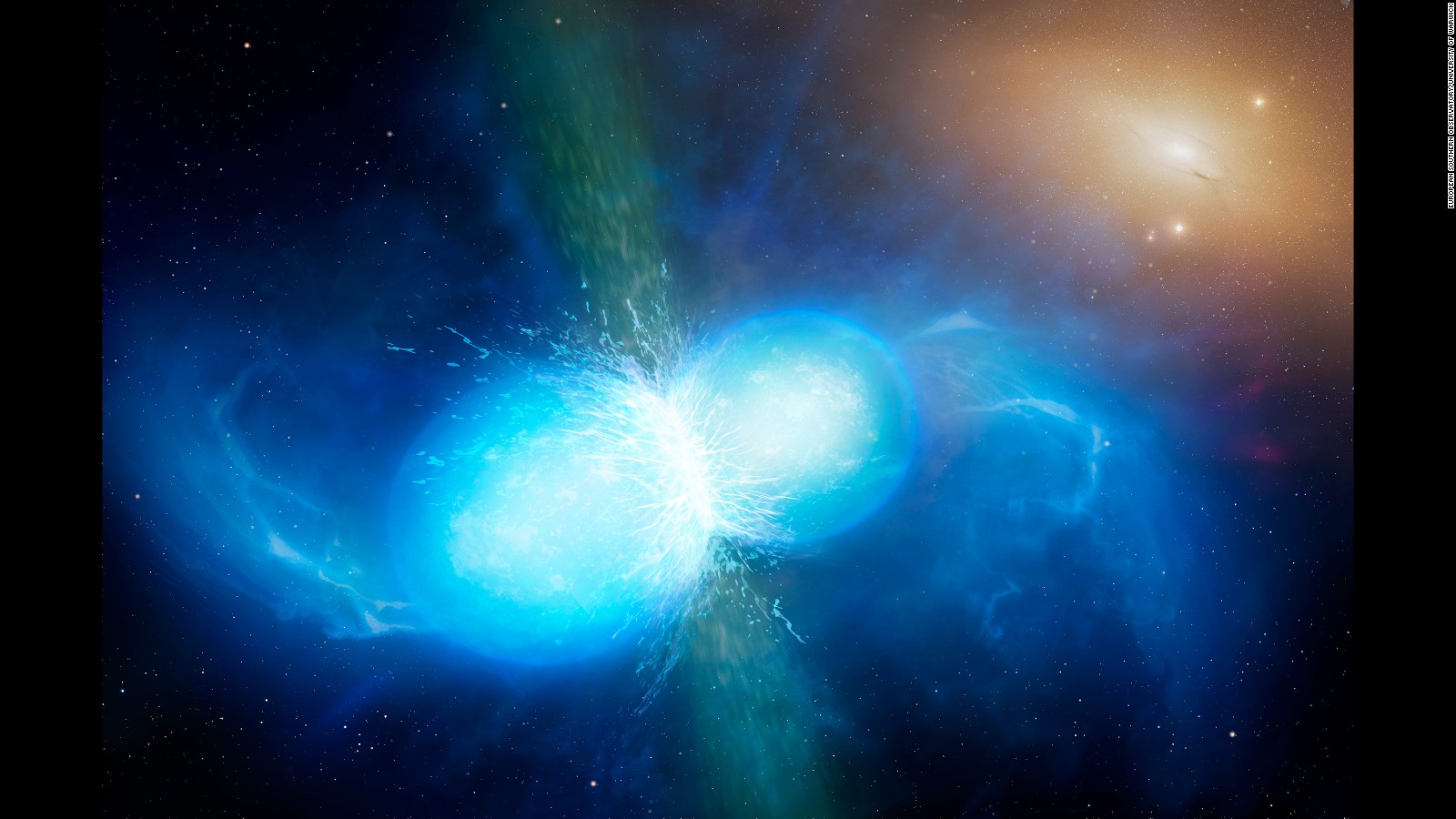It is performed as a holistic understanding enterprise: astrophysicists, particle physicists, and computational scientists work on neutron-star collisions. International collaborations help pool the expertise and resources for addressing complex challenges from cosmic events. Such interdisciplinary efforts have to reach out—from theoretical modeling to data analysis and interpretation—if a deeper understanding of neutron star mergers or, more generally, the basic physics that governs is to be gained.
There is yet much to be unraveled from cosmic activity in the infinite stretch of our universe. Of the marvelous phenomenon in our universe, collisions of stars are a cosmic spectacle unique for shaping galaxies and uncovering hidden particles integral to unraveling deep secrets of the universe.
The Spectacle of Neutron Star Collisions
Neutron stars are the remains of very massive stars that undergo a process of gravitational collapse; they are among the densest known objects. Two neutron stars orbit each other in a binary system until an ultimate collision produces an unbelievable cataclysm with an energy and radiation burst unmatched in space. This collision zone is heated up to extreme temperatures in the trillions of degrees Kelvin, very much like a crucible in which the very limits of the laws of physics are tested.
Neutrinos: Elusive Carriers of Energy
In all this cosmic chaos, neutrinos turn out to be the central actors. The presented neutrinos are elementary particles with minimal mass and a rather low level of interaction with matter. Generated in enormous numbers during such violent neutron star mergers, these neutrinos take on a critical role of carrying all the energy away from the site of collision. It has recently been known that some of these neutrinos, from detailed simulations, do get temporarily trapped in the hot interface of merging stars, remaining out of thermal equilibrium with respect to cold cores for very short periods of 2-3 milliseconds.
Next-Generation Simulations Elucidate Physics
A pathbreaking study by physicists at Penn State University uses advanced simulation techniques to settle the dynamical behavior exhibited by binary neutron star mergers. The simulations provide a way—through Einstein’s theory of general relativity—to see through a virtual window into events inaccessible in laboratory experiments. According to them, complex neutrino-nuclear interaction mechanisms during collisions determine bases for the telltale and observable emission signatures of electromagnetic and gravitational wave signals arriving at Earth.
Ethical and Social Implications
An in-depth understanding of neutron-star-progenitor mergers gives insight into the ethical and social implications. Issues concerning basic research and its relevance to potential technological innovations and applications that might ensue from astrophysical discoveries give way to reflections on how scientific knowledge could be used responsibly, along with its relations to the impact in society. The discourse shapes the processes of responsible decision making for the stewardship of advances in science for the betterment of humanity.
Astrophysics and Other Related Implications
Such simulations could give insight into the neutron star collision, further deepening present knowledge of the event with a view into profound implications for astrophysics and cosmology. Research into neutrino behavior under extreme cosmic circumstances brings models of stellar evolution ever more sharply into focus and probes the elusive nature of dark matter, peering into conditions that prevailed in the very early universe.
A neutron star collision is one way of looking at the huge release of high energy, but it also uniquely underlines the possibility of insight into how matter behaves under very unusual conditions. A neutron star—the one of really strong gravity and enormous density—is like a laboratory for putting to the test the limit boundaries of our knowledge of physics at the present time. The merger itself is an extraordinarily quick transformation of stellar material; neutron-rich conditions found in such events can host things like the r-process nucleosynthesis—the production of heavy elements beyond iron in the periodic table.
The Role of Neutrinos in Cosmic Evolution
Because neutrinos are copiously produced in the cores of merging neutron stars, they provide key information about the conditions and dynamics of the stellar collision. Because of their weak interaction with matter, they can easily stream out from the dense and opaque interiors of neutron stars, taking away energy and, consequently, influencing the later evolution of the remnant, making it hard to be related to observation. Effects of the neutrino behaviour during these collisions improve our knowledge of astrophysical processes but shed light on basic particle physics, too.
Future Prospects and Challenges in Observational Studies
Next-generation, improved observational techniques and technology hold the greatest promise to continue revolutionizing our understanding of neutron star collisions. On the very same note, in 2017, the first detection of gravitational waves from a binary neutron star merger was monumental, indeed really opening a new era in multi-messenger astronomy. Future missions and instruments will provide huge amounts of detailed data regarding these events, such as spectral signatures from neutrinos emitted at collisions.
The simulations of neutron star collisions call for detailed theory supported by huge computational power. One has to model not only the dynamics of stellar material under extreme gravitational forces and temperatures but also complex interaction processes of neutrinos and other particles. This turns into a task of a complexity such that it becomes somewhat challenging. On the other hand, advances in computational science are opening up a route for doing simulations in an increasingly realistic and truthful way, which might yield valuable insights into intrinsic physics.
It further stresses that continued policy support and funding of research in general is important in the study of neutron star collisions. Government agencies, international organizations, and philanthropic foundations play a very noble role in funding an amazingly wide array of diverse research activities, supporting scientific infrastructures, and promoting technological innovation. Advocacy for funding science ensures continued resourcing and providing support for researchers to enable leading-edge research growing our scientific capabilities and inspiring future scientists and innovators.
Conclusion:
That is the case in the dissimilar defect of two colliding neutron stars, an energy clash with particles still undergoing the frontier of the exploration of astrophysics. Using some of the most advanced simulations and theoretical frameworks devised, scientists have already started to provide some illumination as to what exactly these cosmic impacts might indicate about basic physics. With each stellar collision, just a little more is revealed of this intricate tapestry of particles and forces governing the vast cosmos in which we live.

